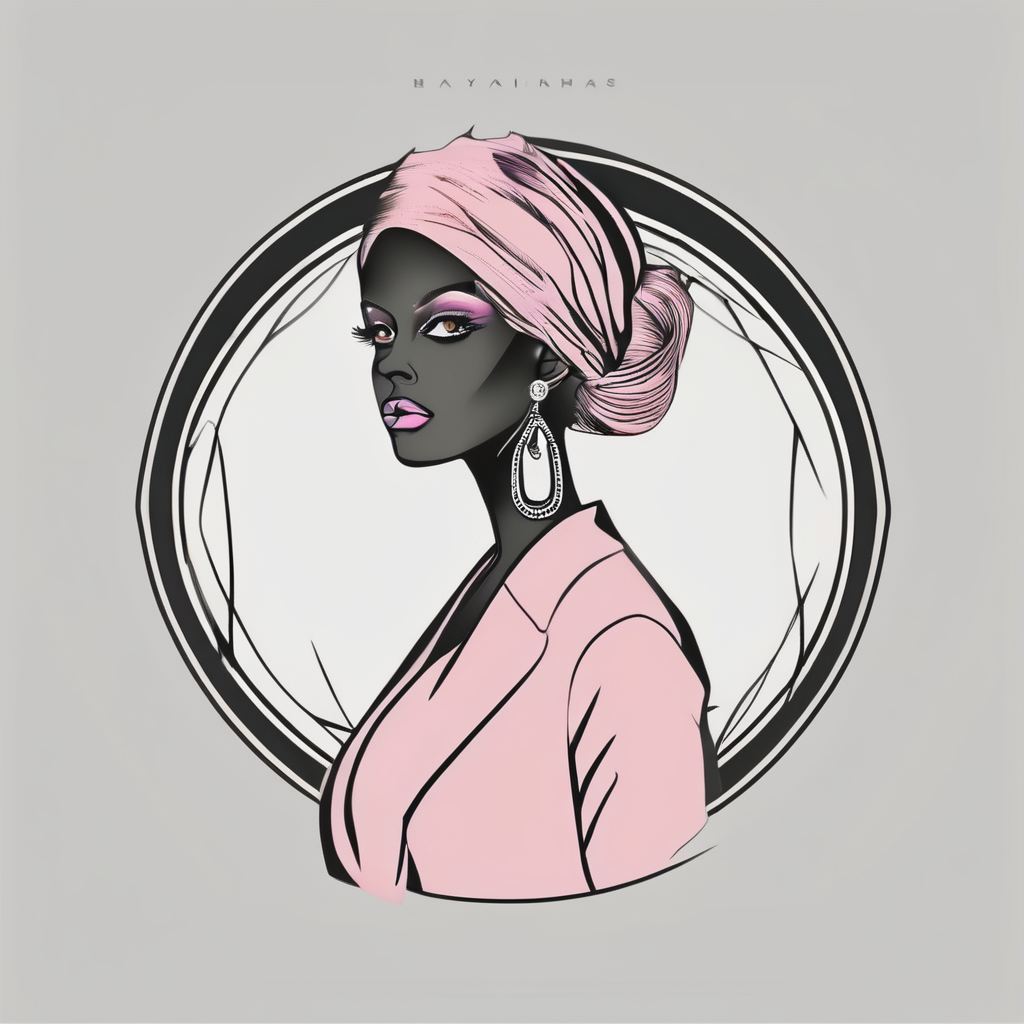British weather can be notoriously fickle, presenting unique challenges for fashion enthusiasts. Mastering the art of chic layering is essential to maintain both style and comfort, regardless of sudden rain showers or fluctuating temperatures. This guide reveals innovative strategies for creating stylish outfits that provide warmth without sacrificing elegance. Discover versatile pieces and expert tips to transform your wardrobe into a fashion-forward haven, equipped to tackle any weather surprise with confidence. Embrace layering as an opportunity for expression and function, preparing you for every outing, no matter the forecast.
Understanding the Basics of Layering
Layering techniques are essential in navigating unpredictable weather, offering both temperature control and style. The core of effective layering lies in understanding fashion fundamentals, ensuring each layer serves a purpose.
Topic to read : Mastering Texture: Styling Tips for a Chic British Autumn Wardrobe
Firstly, the base layer should be breathable to manage moisture, keeping the skin dry. Materials like merino wool or synthetic fibers are ideal. The middle layer acts as insulation, trapping heat to maintain warmth. Fleece or down are popular choices here. Finally, the outer layer should protect against wind and rain, with waterproof or windproof materials being crucial.
Balancing style with functionality is key. While layering is practical, it need not compromise on aesthetics. Opt for versatile pieces that can be mixed and matched, allowing for a seamless transition from casual to formal settings. Neutral colors often work best, providing a cohesive look regardless of the occasion.
In parallel : Mastering the Art of Umbrella and Outfit Coordination for London”s Rainy Days
Incorporating these principles ensures that you are prepared for any weather changes while maintaining a fashionable appearance. Remember, the goal is to create a system that adapts to your needs without sacrificing comfort or style. By mastering these layering techniques, you can confidently face any climate with ease and elegance.
Essential Clothing Items for Layering
Layering is an art that relies heavily on layering essentials and wardrobe staples. To master this, one needs a collection of versatile clothing items that can adapt to various weather conditions and occasions.
Must-Have Layering Pieces
- Base Layer: Opt for breathable fabrics like merino wool or synthetic fibers. These materials are excellent at managing moisture and ensuring comfort.
- Middle Layer: Focus on insulation with fleece or down jackets. These are crucial for trapping heat and maintaining warmth.
- Outer Layer: Choose waterproof or windproof jackets to shield against harsh elements.
Best Fabrics for Different Seasons
- Winter: Wool and fleece are ideal for their warmth and insulating properties.
- Spring/Fall: Lightweight knits and cotton blends offer flexibility and moderate warmth.
- Summer: Linen and lightweight cotton are perfect for breathability and comfort.
Recommended Brands
When it comes to quality layering items, brands like Patagonia, The North Face, and Uniqlo offer reliable and stylish options. These brands are renowned for their durable and versatile clothing, making them excellent choices for building a functional wardrobe.
By investing in these layering essentials, you can create a wardrobe that is both practical and stylish, ready to tackle any season with ease.
Seasonal Layering Strategies
Understanding seasonal fashion is crucial for effective weather adaptation. Each season demands different layering techniques to ensure comfort and style.
Layering Techniques for Spring and Autumn
During spring and autumn, the weather can be unpredictable, making it essential to layer strategically. Opt for lightweight knits and cotton blends as base layers. These materials provide moderate warmth while remaining breathable. Adding a light jacket or a cardigan can offer flexibility, allowing you to adjust as temperatures fluctuate throughout the day.
Adjusting Layers for Summer and Winter Conditions
In summer, focus on breathable fabrics like linen and lightweight cotton to keep cool. These materials are excellent for moisture management and provide comfort in warmer temperatures. Conversely, winter demands more substantial layers. Wool and fleece are ideal for insulation, while a waterproof outer layer is crucial to protect against snow and rain.
Transitioning Outfits Between Seasons
Transitioning outfits between seasons involves mixing and matching pieces to adapt to changing weather. Consider investing in versatile items like a trench coat or a denim jacket. These can be layered over lighter clothes during cooler mornings and easily removed as the day warms up. By mastering these strategies, you can navigate seasonal changes with ease and maintain a stylish appearance year-round.
Mixing and Matching Patterns and Textures
Creating stylish outfits through pattern mixing and texture combinations can elevate your look. While it might seem daunting, following a few guidelines can simplify the process.
Guidelines for Combining Different Patterns
To successfully mix patterns, start by choosing a dominant pattern and a complementary pattern. The dominant pattern should be bold, while the complementary one should be subtle. This balance prevents clashing and maintains visual harmony. Additionally, stick to a cohesive colour palette to ensure the patterns work well together.
How to Play with Textures for Added Depth
Textures add depth and interest to an outfit. When combining textures, consider the weight and feel of each material. Pairing heavier textures like wool with lighter ones like silk can create a balanced look. Additionally, mixing textures such as a knit sweater with a leather jacket can add dimension and intrigue to your ensemble.
Examples of Successful Pattern and Texture Combinations
- Stripes and Florals: A striped top with a floral skirt can create a playful yet sophisticated look.
- Plaid and Houndstooth: These classic patterns can be paired together for a timeless outfit.
- Denim and Lace: Combining rugged denim with delicate lace adds a touch of elegance and contrast.
By understanding these principles, you can confidently experiment with patterns and textures, resulting in unique and fashionable outfits.
Color Coordination in Layering
Navigating the world of color theory can transform your approach to outfit coordination, particularly when it comes to layering. Understanding color palettes is essential for creating stylish color combinations that enhance your overall look.
Understanding Color Palettes for Layered Outfits
A well-chosen color palette can bring harmony to your layered outfits. Begin by selecting a base color that serves as the foundation. This should be a neutral shade, such as black, navy, or grey, which allows other colors to shine. Next, incorporate accent colors to add vibrancy. These can be complementary or analogous hues, ensuring they work cohesively with the base.
Tips for Coordinating Colors Effectively
When coordinating colors, consider the balance between bold and subtle shades. A dominant color should be complemented by softer tones to avoid overwhelming the eye. Additionally, use a color wheel as a tool to identify harmonious combinations. Experiment with different pairings to find what suits your personal style and the occasion.
How to Use Color to Enhance Your Layering Style
Color can significantly enhance your layering style by adding depth and interest. For instance, a monochromatic look in varying shades of one color can create a sophisticated appearance. Alternatively, adding a pop of color through accessories or a statement piece can make your outfit stand out.
Fashion Inspiration from Influencers and Experts
In the world of fashion, influencers play a pivotal role in showcasing innovative layering techniques. These style icons provide endless layering inspiration, offering fresh perspectives on how to combine pieces creatively.
Influential Figures in Layering Fashion
Fashion influencers like Chiara Ferragni and Aimee Song are renowned for their adept use of layers. Their social media platforms serve as a treasure trove of ideas, featuring outfits that seamlessly blend elegance with practicality. By observing their choices, one can gain valuable insights into achieving a balanced look.
Popular Layered Outfits from Social Media
Social media is awash with examples of popular layered outfits. A common trend involves pairing oversized blazers with turtlenecks and jeans, creating a chic yet comfortable ensemble. Another favourite is the combination of slip dresses over t-shirts, which adds dimension and versatility to a wardrobe.
Expert Styling Tips for Personal Style
Experts advise starting with a neutral base and experimenting with textures and patterns to express your unique style. Accessories, such as scarves and belts, can also enhance your layered look. By following these expert styling tips, you can develop a personal style that reflects your personality and adapts to any occasion.
Practical Tips for Layering in Everyday Life
Layering in everyday fashion is all about achieving stylish comfort. It’s essential to adapt your outfit to different occasions while maintaining a chic appearance. Here are some practical layering advice to help you navigate various settings effortlessly.
Tips for Achieving Comfort While Staying Stylish
To ensure comfort without sacrificing style, prioritize breathable fabrics and well-fitted pieces. Start with a lightweight base layer, such as a cotton tee, and build up with a tailored blazer or cardigan. This combination offers flexibility and warmth, ideal for fluctuating temperatures.
How to Layer for Different Occasions
- Work: Opt for a crisp shirt under a structured blazer. Add a scarf or a statement necklace for a touch of elegance.
- Casual: Pair a denim jacket with a hoodie or a knit sweater. This creates a relaxed yet put-together look.
- Events: A slip dress over a fitted turtleneck can be both sophisticated and trendy. Add a tailored coat for added flair.
Common Layering Mistakes and How to Avoid Them
Avoid over-layering, which can lead to discomfort and bulkiness. Stick to a maximum of three layers to maintain a streamlined silhouette. Also, ensure that each layer complements the others in terms of color and texture to prevent clashing styles.
Visual Guides and Outfit Examples
When it comes to outfit inspiration, visual styling plays a crucial role in mastering layering techniques. Imagery can provide a clear understanding of how different pieces work together to create cohesive looks. Here, we explore various layering examples to suit different weather scenarios, offering a practical approach to styling.
Visual Representation of Layered Outfits
Visual guides can be invaluable for those seeking to refine their wardrobe. Consider a spring ensemble featuring a lightweight knit over a cotton shirt, paired with a trench coat. This combination not only provides warmth but also showcases a harmonious blend of textures and colors.
Breakdown of Outfit Examples for Various Weather Scenarios
- Chilly Weather: Layer a turtleneck under a wool sweater and add a tailored coat. This ensures warmth without sacrificing style.
- Mild Weather: Opt for a denim jacket over a simple tee, accompanied by a scarf for added flair.
- Warm Weather: A sleeveless blouse with a light cardigan offers a breezy yet polished look.
Step-by-Step Guide to Recreating Popular Layered Looks
To recreate popular looks, start by selecting a base layer that complements your skin tone. Gradually add outer layers while ensuring each piece aligns with your personal style. Accessorise with scarves or hats to add personality to your ensemble.
Personal Anecdotes and Real-Life Layering Experiences
Layering is a journey that evolves with personal style and real-life fashion stories. Many have found success by experimenting with different combinations, while others have learned valuable lessons from their layering experiences.
One memorable success story involves a friend who managed to create a chic yet functional look for a winter wedding. She layered a sleek turtleneck under a sleeveless velvet dress, topped with a tailored coat. This combination not only kept her warm but also allowed her to stay stylish throughout the event. The key takeaway was the importance of balancing warmth with elegance, a lesson that now guides her winter wardrobe choices.
Conversely, not all layering attempts are successful. A common pitfall is over-layering, which can lead to discomfort. I once wore a bulky sweater over a shirt and added a heavy coat, resulting in a cumbersome outfit. From this, I learned to prioritize breathable fabrics and opt for a maximum of three layers to maintain comfort and style.
These personal experiences shape our layering choices, teaching us to adapt our wardrobe to different occasions and climates. By reflecting on past successes and failures, we can refine our approach, ensuring each layer serves a purpose and complements our personal style.
Conclusion: Mastering Chic Layering
Mastering layering is an art that transforms stylish outfits into versatile ensembles suitable for any occasion. By understanding key strategies, you can curate a wardrobe that balances both function and fashion.
Recap of Key Layering Strategies and Tips
- Foundation Matters: Start with a breathable base layer to manage moisture and comfort.
- Insulation is Key: Use middle layers like fleece to trap warmth without adding bulk.
- Protection Against Elements: Choose outer layers that are windproof and waterproof.
Encouragement to Experiment with Personal Style
Layering offers an opportunity to express your unique style. Don’t shy away from experimenting with different patterns, textures, and colors. Mix and match pieces to discover combinations that resonate with your personal aesthetic. The ultimate layering guide lies in your creativity and willingness to explore new styles.
Final Thoughts on the Importance of Adaptable Fashion
Adaptable fashion is essential in today’s dynamic world. Mastering layering not only prepares you for unpredictable weather but also ensures you remain stylish. Embrace this approach to fashion, and you’ll always be ready to face any day with confidence and elegance.











